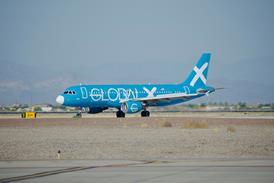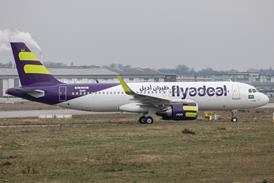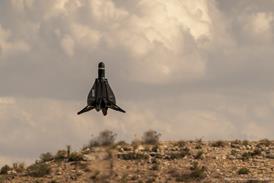Boeing executives today outlined the path to the latest revised first flight date for the 787-8 aircraft, now scheduled for October.
The power-on date for Airplane One has shifted from late-March or early April to June. The company has also doubled the time needed to fully checkout the functionality of aircraft systems, with four months now required after power-on to complete the process.
Most of Airplane One’s systems will now be service-ready by the power-on date, and nearly all systems will meet that standard before first flight.
By contrast, service-ready systems for the Boeing 777 were not complete until five months after first flight, although that program met its original schedule target for first delivery.
The 787 production ramp will proceed far slower than originally expected. Boeing does not expect to reach the rate of 10 aircraft per month in final assembly until 2012, or two years later than the original plan. Boeing now expects to deliver the first 25 aircraft during the last four months of 2009.

“The 787 team and I are responsible for delivering on this achievable, high-confidence plan,” Scott Carson, CEO and President of Boeing Commercial Airplanes, told reporters and analysts. “We will bring this breakthrough airplane to our customers who expect us to deliver on our promise.”
Pat Shanahan, Boeing VP and General Manager for the 787, blamed the power-on delay on two factors: a one-month schedule slip caused by slower progress on traveled work, and a two-month lapse caused by the discovery that the center-wing box needed strengthening.
Shanahan adds the 787 supply chain delivered 98% of the 7 million lines of software code, which is up from about 6 million lines a year ago. Still lacking are completed systems for brake controls, in-flight entertainment, “some aspects” of the power system and maintenance functionality of the flight control system.
Although the amount of traveled work remains higher than expected, the program is making progress. Traveled work on Airplane Two declined by half and fell by three-fourths on Airplane Three, Shanahan says.
Source: FlightGlobal.com























